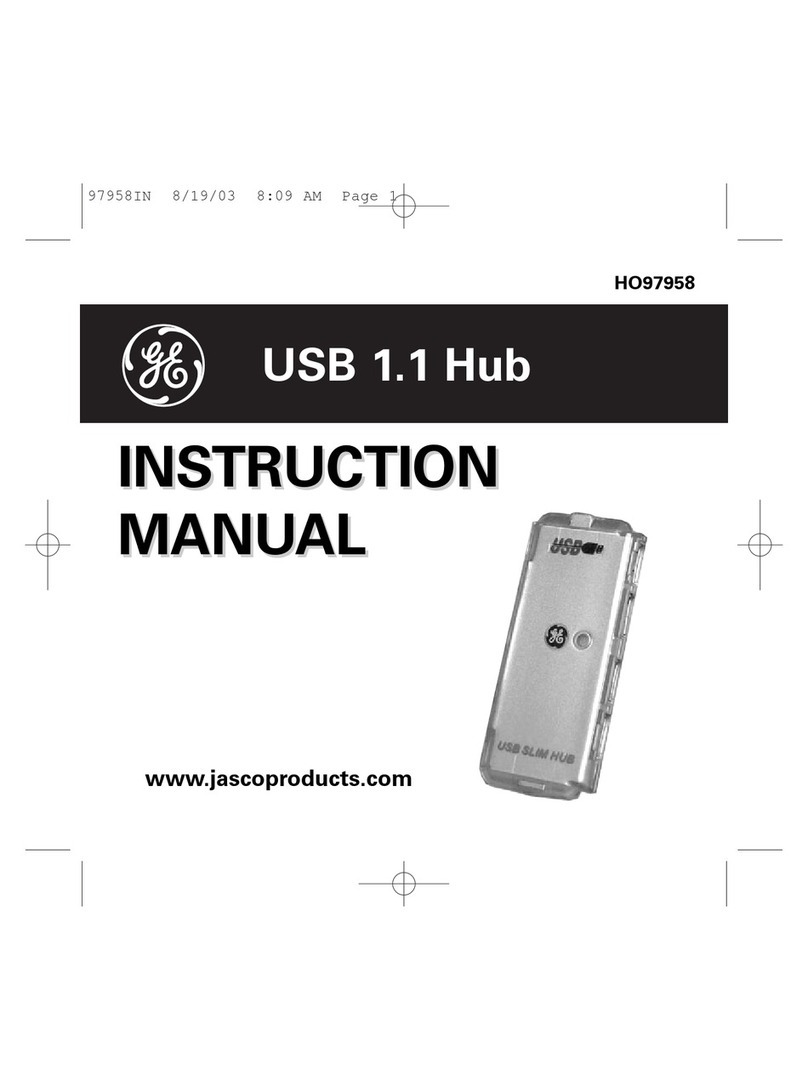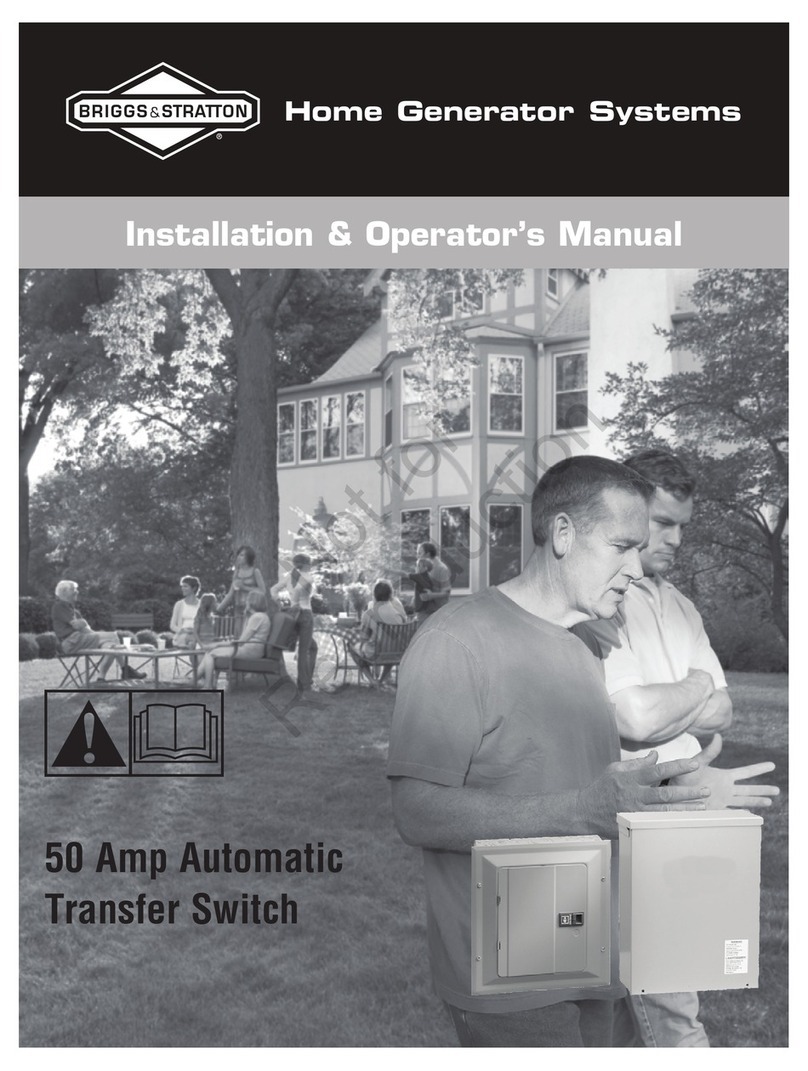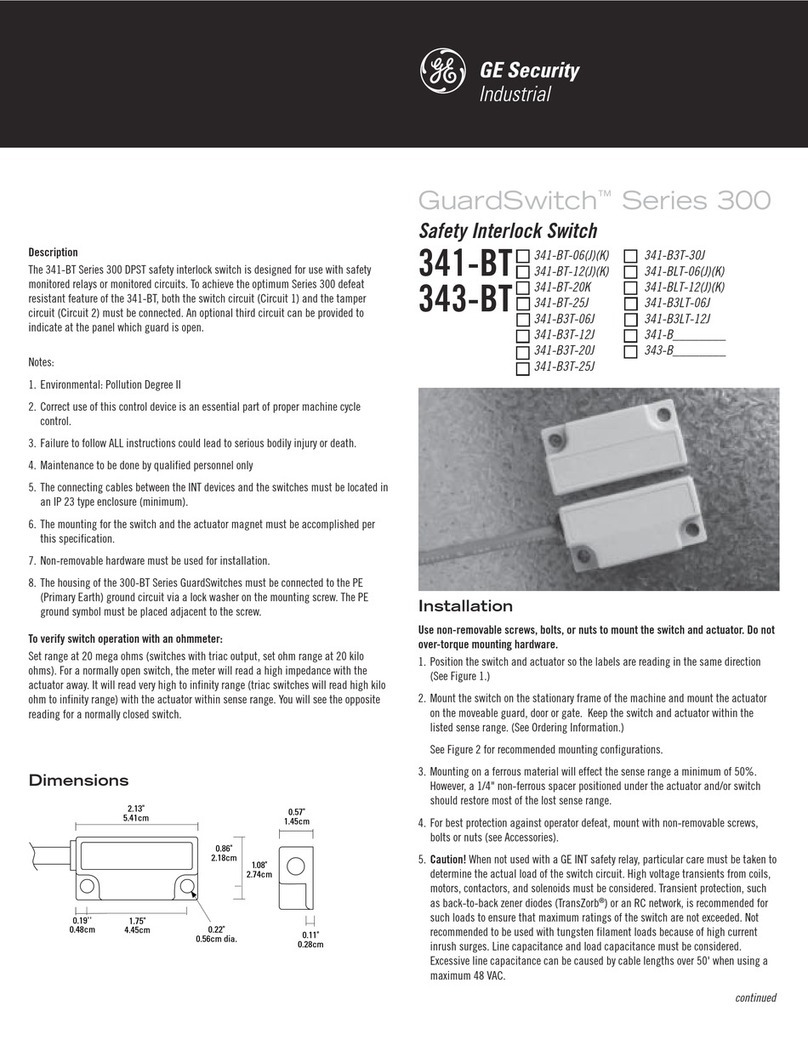GE SE-100E User manual
Other GE Switch manuals
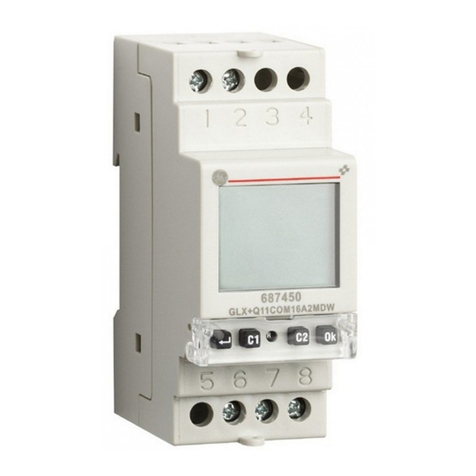
GE
GE GLX+Q 1 1COM 16A 2M AST IR User manual
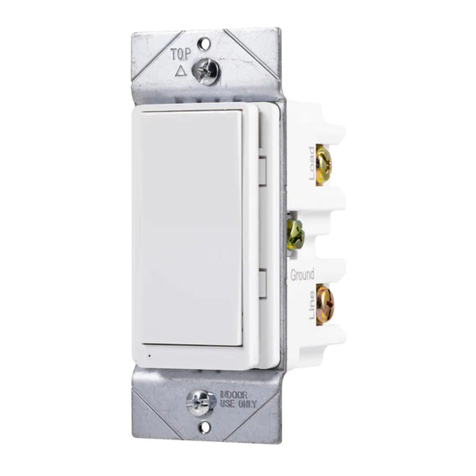
GE
GE 40792 User manual

GE
GE Cync CSWONBLBWF1NN User manual
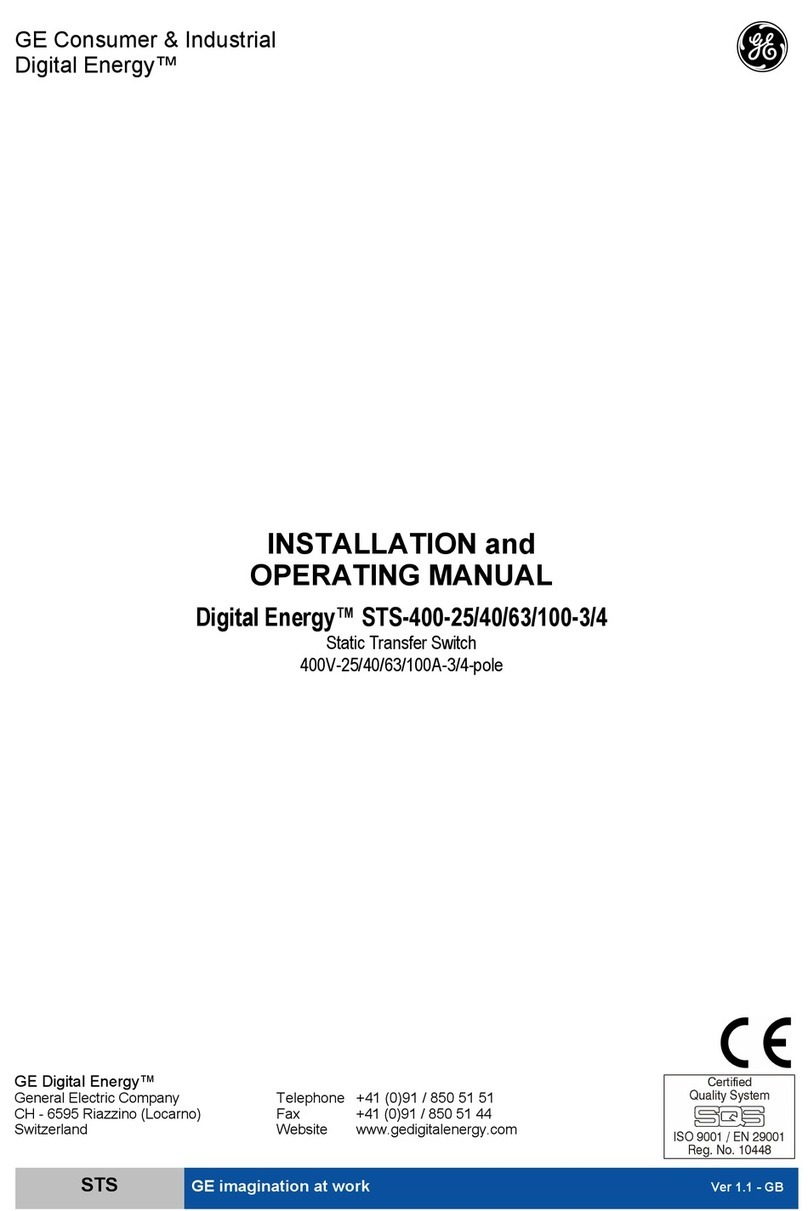
GE
GE Digital Energy STS-400-25-3 User manual

GE
GE MultiLink ML810 User manual

GE
GE Power Break User manual
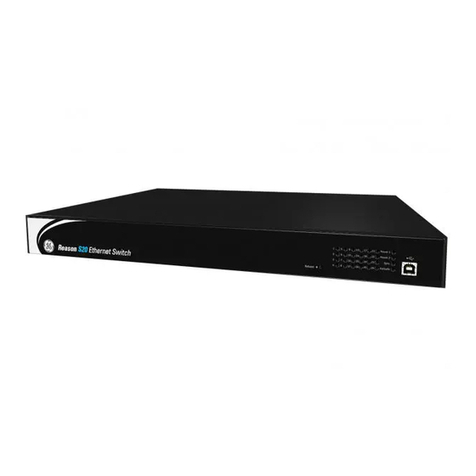
GE
GE T1000 User manual
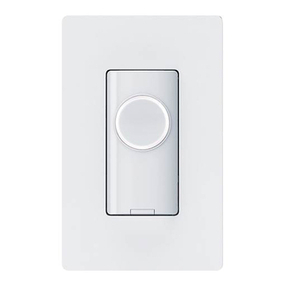
GE
GE Cync CSWONBLBWF1NN User manual
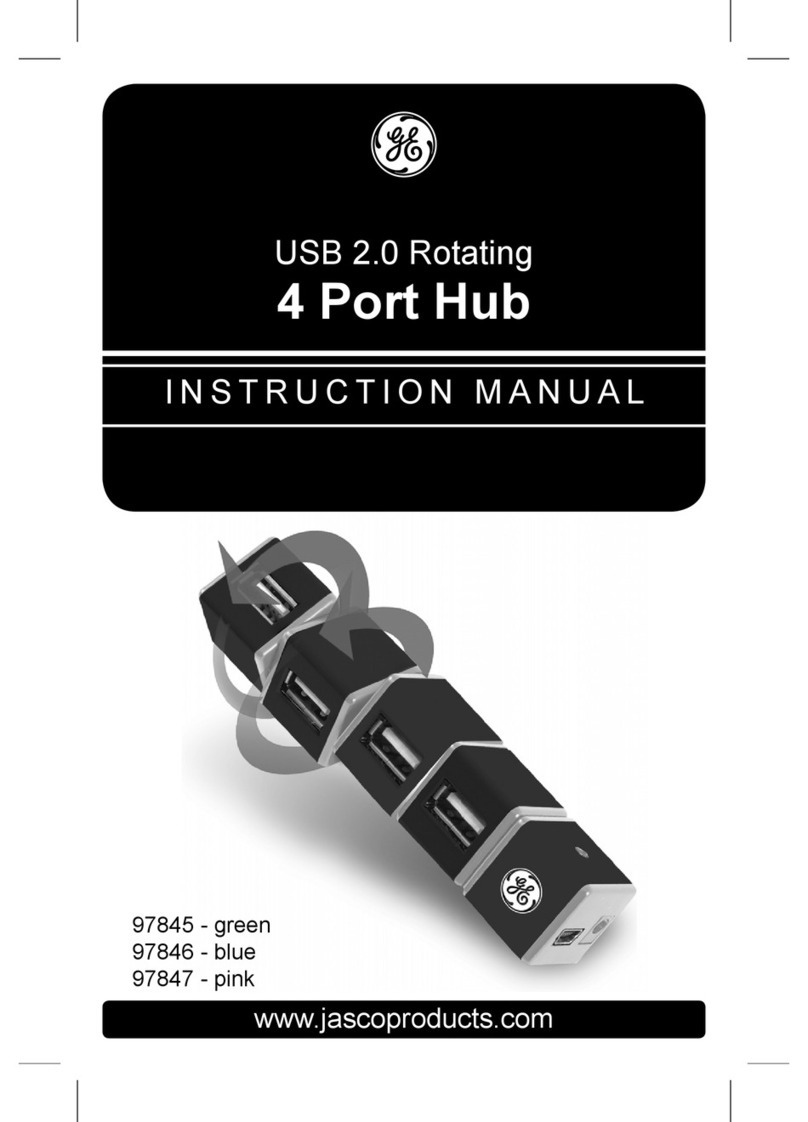
GE
GE 97845 User manual
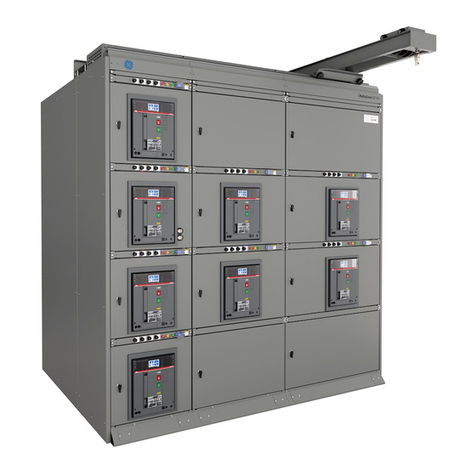
GE
GE ABB ReliaGear LV SG User manual
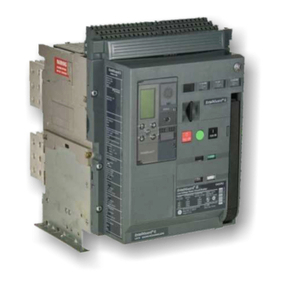
GE
GE EntelliGuard G Technical Document

GE
GE 15307 User manual
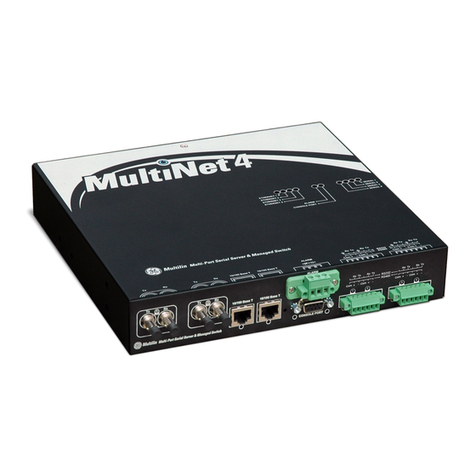
GE
GE Multinet 4 User manual
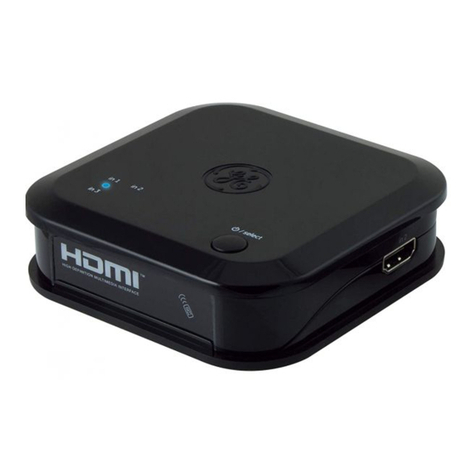
GE
GE 3-Device HDMI Switch User manual

GE
GE MC-4TX1FXMM-2K User manual
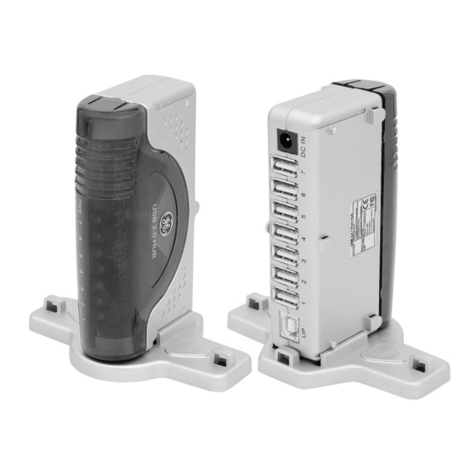
GE
GE USB 2.0 7-Port Hub HO97916 User manual
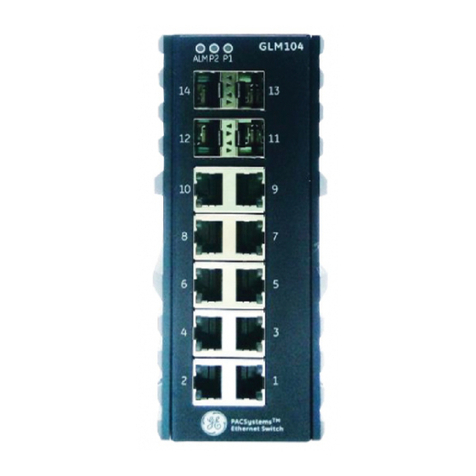
GE
GE GLM064 User manual
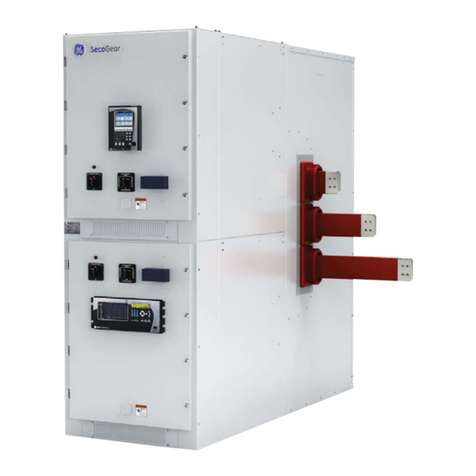
GE
GE SecoGear User guide

GE
GE GBX24 Quick user guide
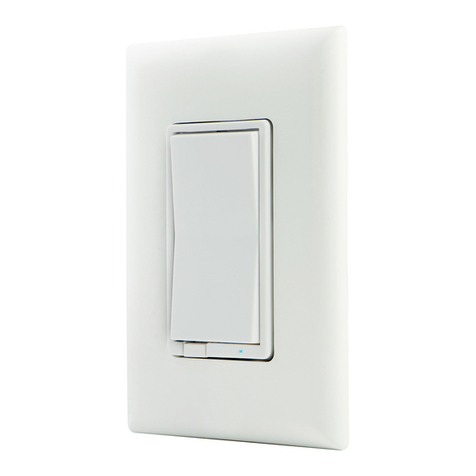
GE
GE In-wall WirelessSmart Switch User manual
Popular Switch manuals by other brands

SMC Networks
SMC Networks SMC6224M Technical specifications

Aeotec
Aeotec ZWA003-S operating manual

TRENDnet
TRENDnet TK-209i Quick installation guide

Planet
Planet FGSW-2022VHP user manual

Avocent
Avocent AutoView 2000 AV2000BC AV2000BC Installer/user guide

Moxa Technologies
Moxa Technologies PT-7728 Series user manual

Intos Electronic
Intos Electronic inLine 35392I operating instructions

Cisco
Cisco Catalyst 3560-X-24T Technical specifications

Asante
Asante IntraCore IC3648 Specifications

Siemens
Siemens SIRIUS 3SE7310-1AE Series Original operating instructions

Edge-Core
Edge-Core DCS520 quick start guide

RGBLE
RGBLE S00203 user manual
